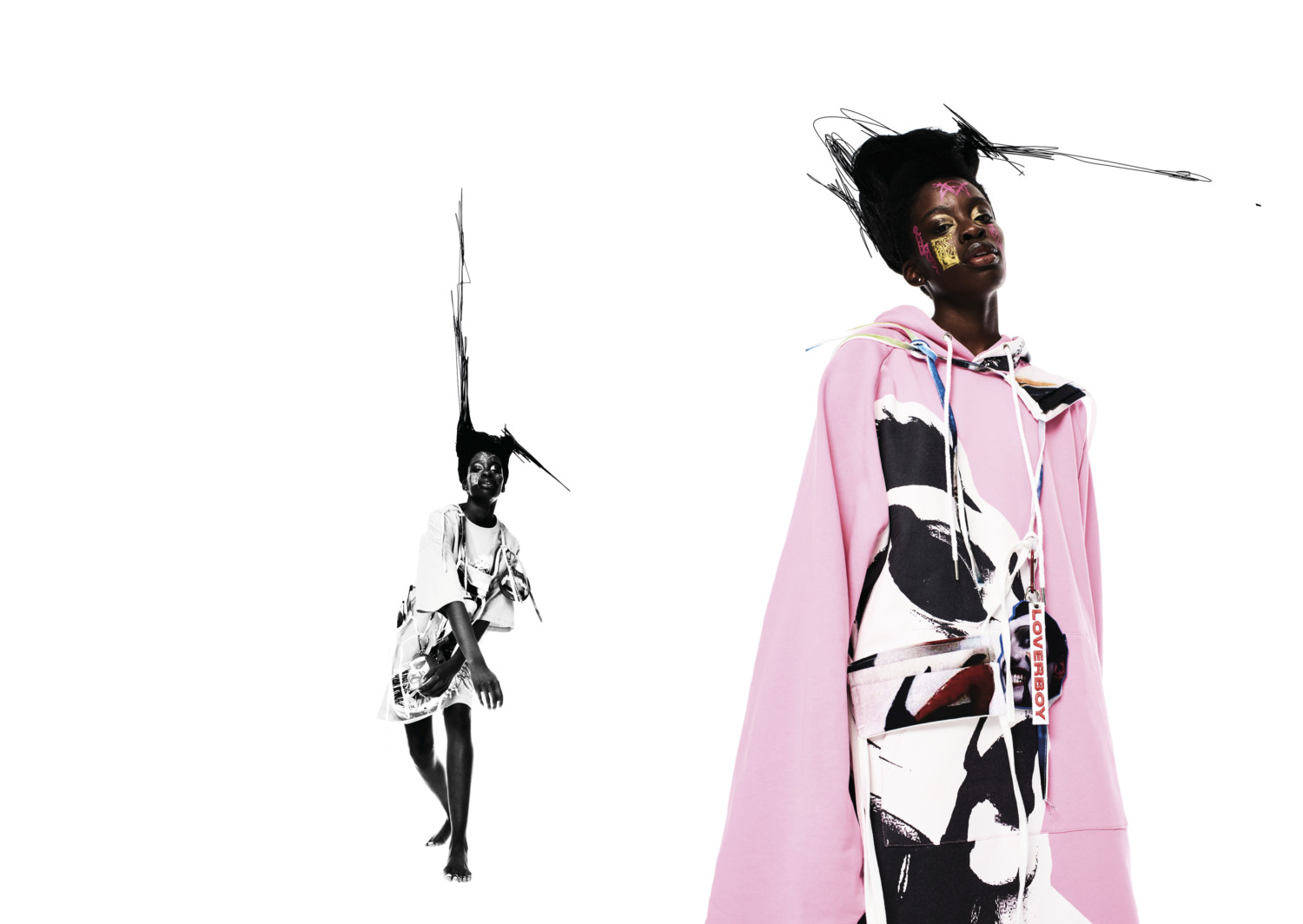Taking place from 12th to 14th June on the digital platform managed by the British Fashion Council, London Digital Fashion Week has been the first one in Europe to pave the way for the entirely digital format, and it will be soon followed by Paris (9-13th July 2020) and Milan (14-17 July 2020).
Given the innovative and fresh character of this new way of intending the Fashion Week, experimentation was its byword; yet, if creative stimulus and originality did not miss the schedule, London Digital Fashion Week was anything but the fashion week we were accustomed to, with the models walking down the catwalk, the backstage beauty ferment, the spectacular scenes and lighting sets, the photographers, celebrities’ and crowds’ scrum; the street style outside the fashion shows.
As we all know, Coronavirus having put an end to any physical gatherings and introduced travel bans and social distancing measures, it made it impossible for any fashion show to take place actually; in this way, brands had to look for new ways to tell their stories, using the digital platform of
londonfashionweel.co.uk as the digital equivalent of big and fancy locations.
The digital medium made the brands think about different ways to showcase their collections, or simply to communicate and connect at a deeper level with consumers all over the world.
The result was a platform of a Netflix-style home page, where the official schedule presented almost 20 brands per day – that would normally showcase their collections on runways and presentations in London – unveiling unreleased or existing products at specific time slots, alongside further information and creative contents about the designers, links to digital showrooms, e-commerce sites, interviews and designers’ diaries, or again, books, short films, poetry readings or music playlists.
The downside of it: London Fashion Week wasn’t about much fashion clothing in sight. Moreover, it lacked that high expectation, the wait and that sense of urgency that you can breathe before a physical fashion show.
With most brands continuing to struggle with the economic negative consequences of the pandemic, only a few of the showcased collections were new designs; attention shifted then to whatever way each designer could choose to best express the identity of the brand, a mood, a photo retrospective, an insight. Briefly: all things related to the immaterial content of a brand’s communication, the field that so far has belonged mainly to the advertisement strategy field.
On the other hand, if this London Fashion Week season lacked many of the leading London designers, such as Burberry, Victoria Beckham, Vivienne Westwood and Christopher Kane, it left room and possibility of expression and visibility to many young brands and talents, (like the fresh perspectives of the students from Central Saint Martins and the University of Westminster, Louise Gray‘s freedom of expression, the techno-futurism by Xander Zhou) offering us different, highly creative inputs and artistic languages often so different from the biggest brands’ usual ways of expressing themselves.
Central part was taken by social causes as well, as Charles Jeffrey Loverboy who hosted a black talent showcase at a dance party on Saturday night, which served as a fund-raiser for UK Black Pride. Bianca Saunders also put some of the most outstanding contemporary hot topics front and center, as gender identity and the black community rights, through her new zine, We Are One of The Same. Or again, Osman Yousefzada presented a short movie, “Her Dreams are Bigger” (showcasing some Bangladesh garment workers dreaming of the unknown people they stitched clothes for) highlighting the difference of the cultures in different parts of the world, and the different dreams they can afford to dream.
So, was LFW any good for the fashion industry?
Certainly, London Fashion Week has arisen visibility, its format being accessible to everyone, so a wider segment of people has been actually able to watch it. This translates into a major possibility for the brands to reinforce on the retail front – in the most optimistic perspective- or rather to enhance the relationship with their final consumers, in an economic context heavily compromised by the global crisis, and sell direct to consumers during livestreams.
It also definitely was a more democratic platform for the brands -the smaller and youngest ones, especially, often limited by lack of economical resources in expressing high creative energy – to make themselves known in the huge fashion system industry and have their say in the matter.
In terms of Sustainability, the digital format – requiring no air miles and very few carbon emissions- made of London Fashion Week remarkably environmentally friendly. Yet, if it’s too early to say that sustainability is within everyone’s reach (or everyone’s wardrobe), it is also true that more and more brands are doing their part and accepting the challenge of a more responsible design: from the brands who intend to make new fashion from waste (Marques’Almeida, Mariah Esa, Robyn Lynch among others) to the creatives committed to proposing seasonless collections, maybe with already existing materials (Raeburn, Preen by Thornton Bregazzi). London Fashion Week put some facts concerning nowadays sustainable fashion under the spotlight: that sustainable fashion seems to be available one-of-a-kind or in limited editions; that it is still a parallel option to the main product lines mostly; and eventually, it is mainly a highly artisanal product that requires many resources in terms of time, energy and economic means, at the moment.
We can easily assert then that Sustainability is still at an early stage, almost experimental level, which is likely to grow at a more industrial level in the next future, in order to convert what is today a limited-edition luxury in a more democratic fashion good for anyone, and for a greener planet, of course.



